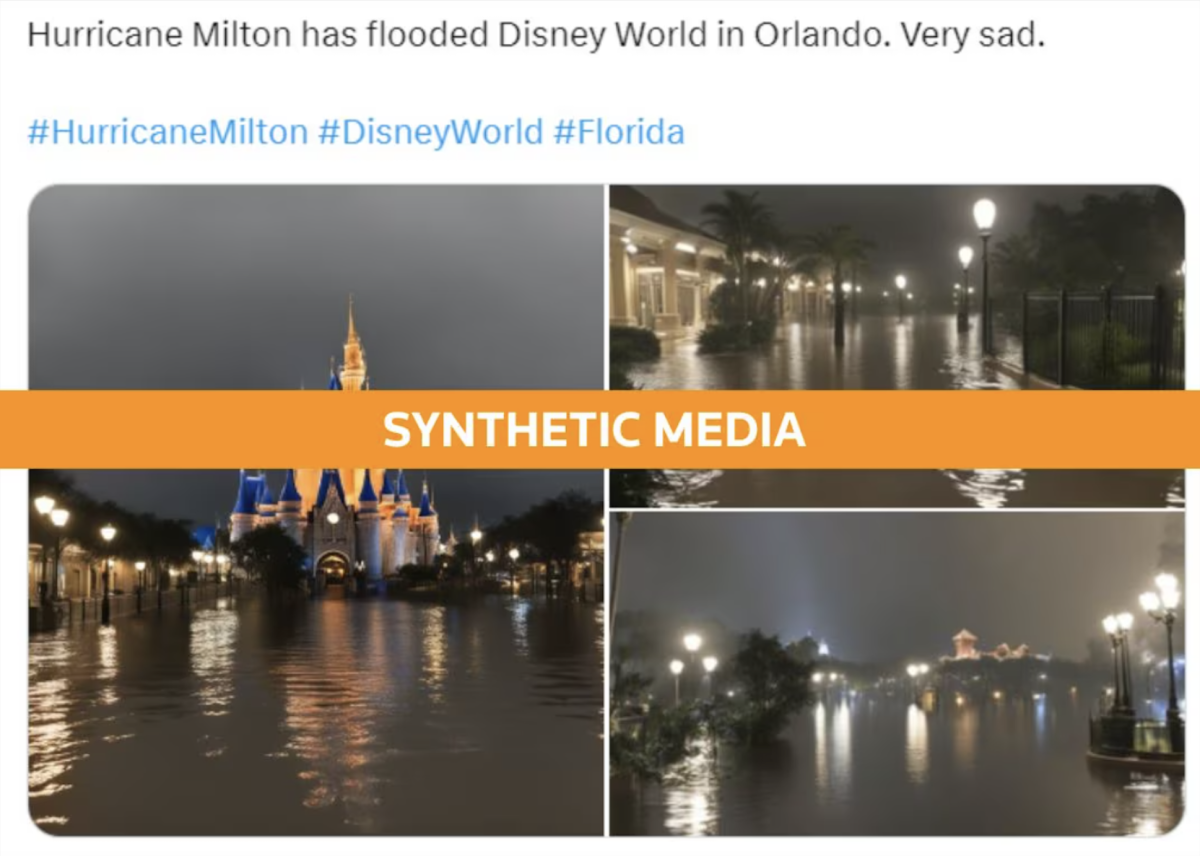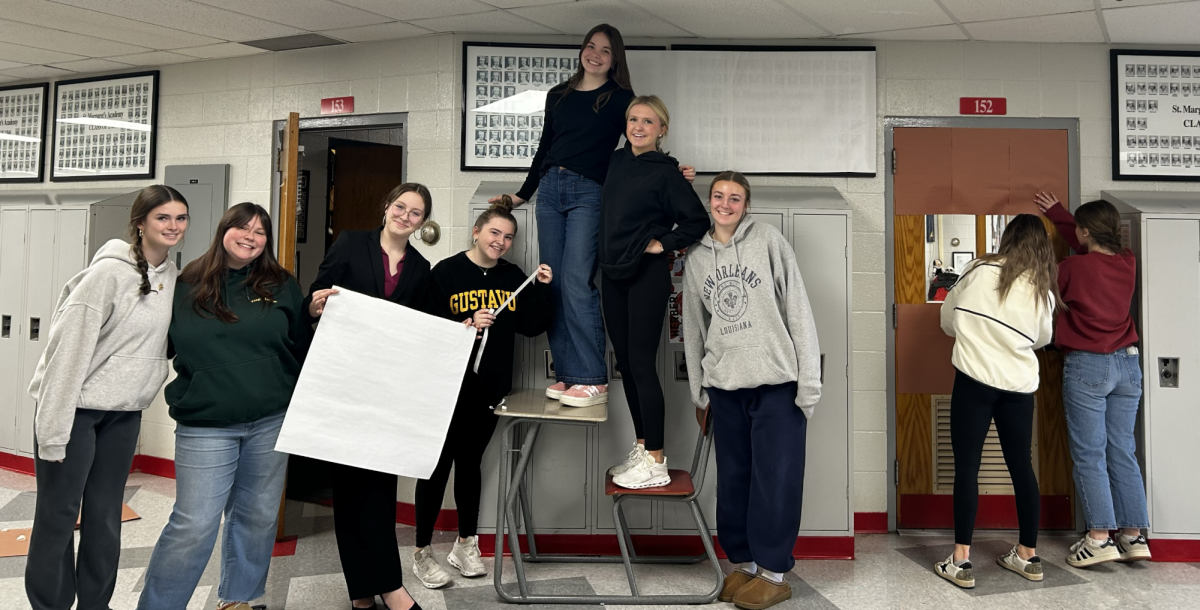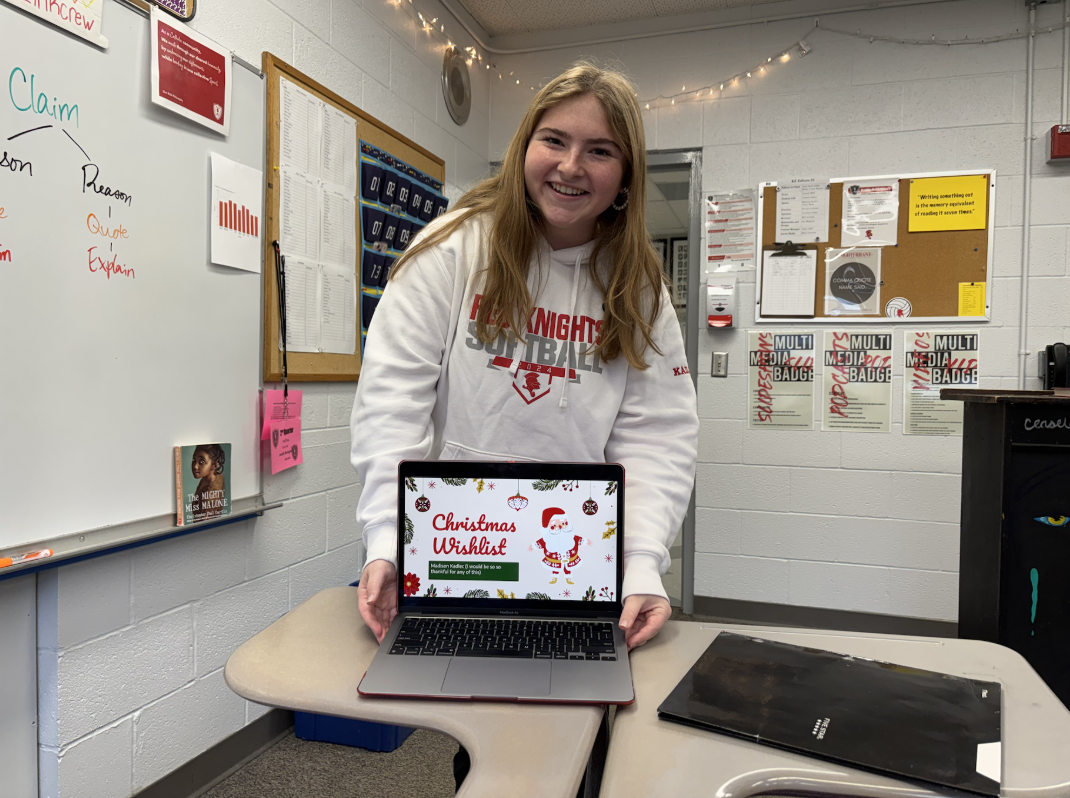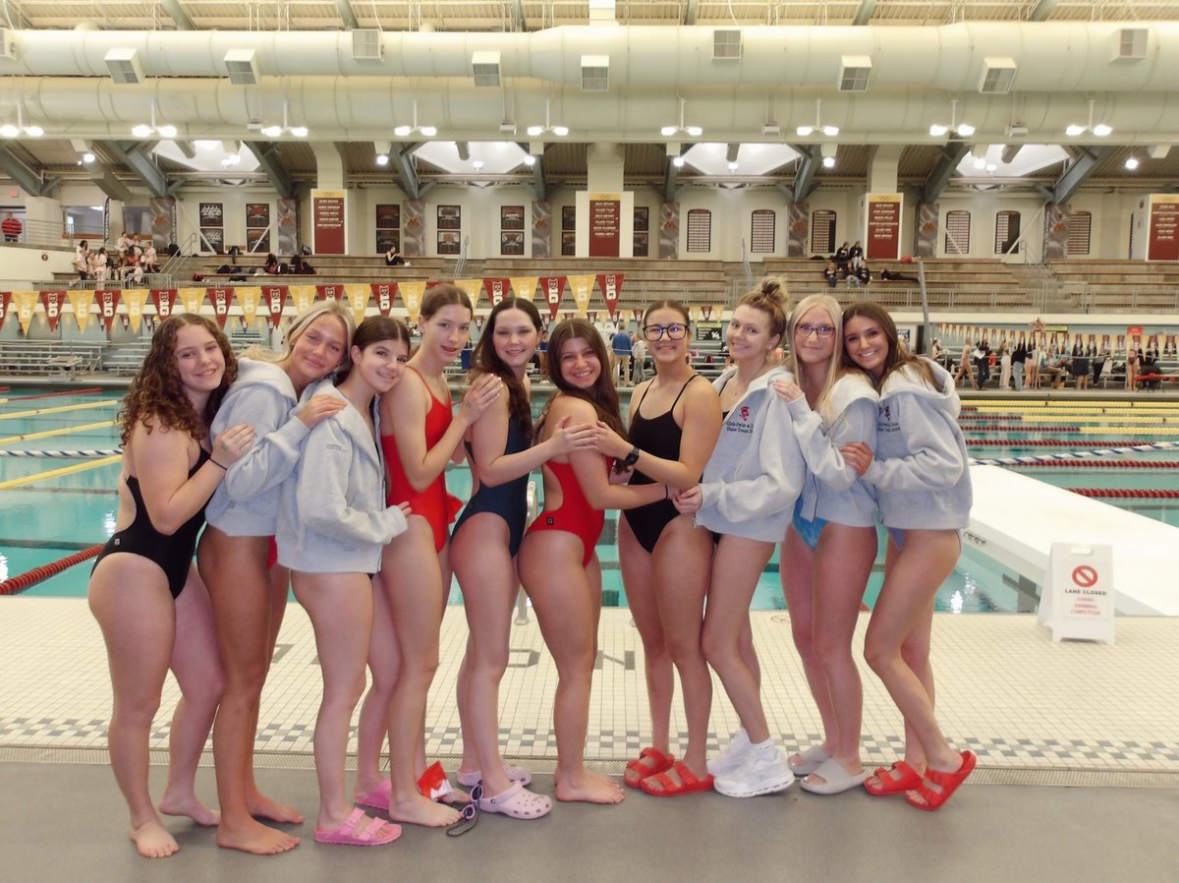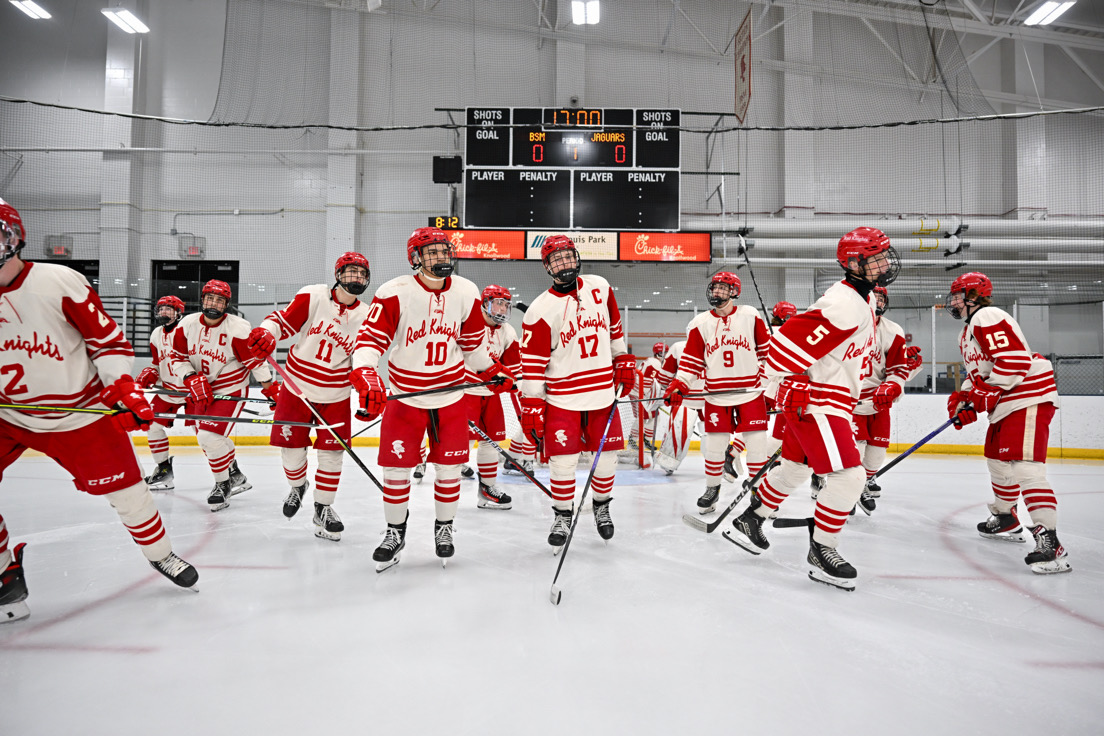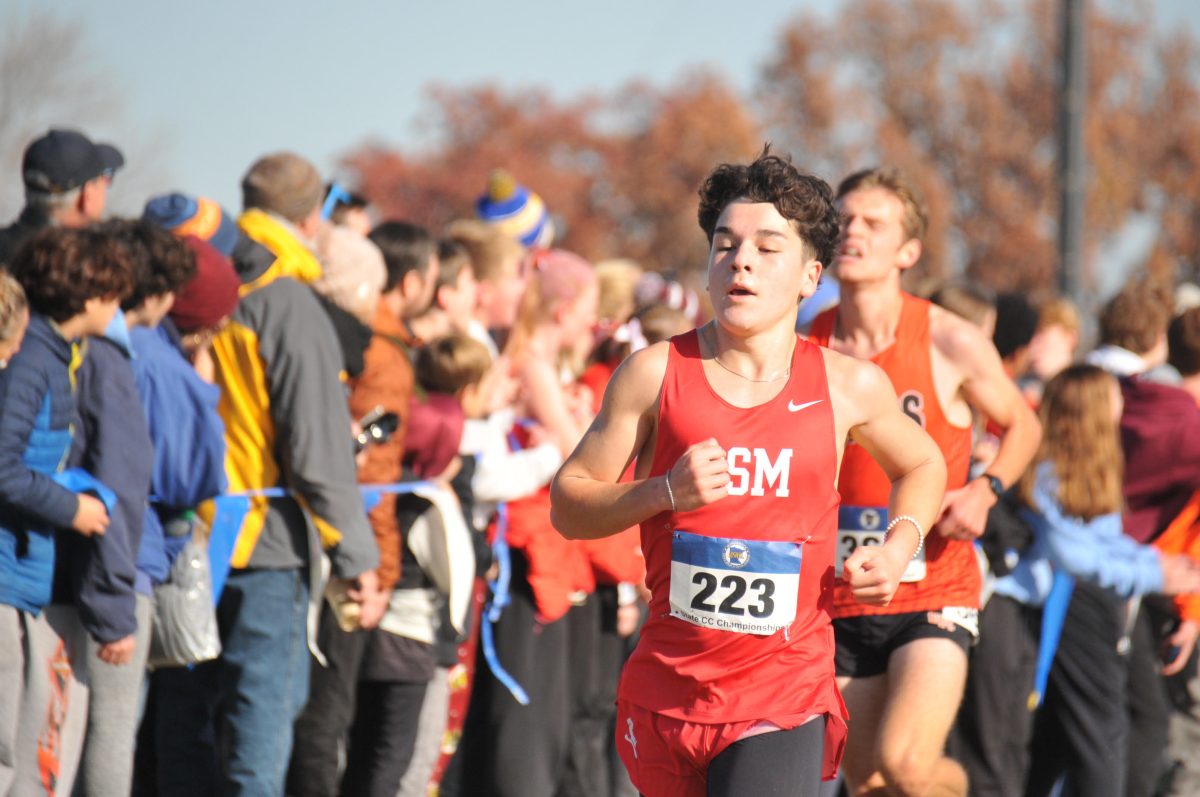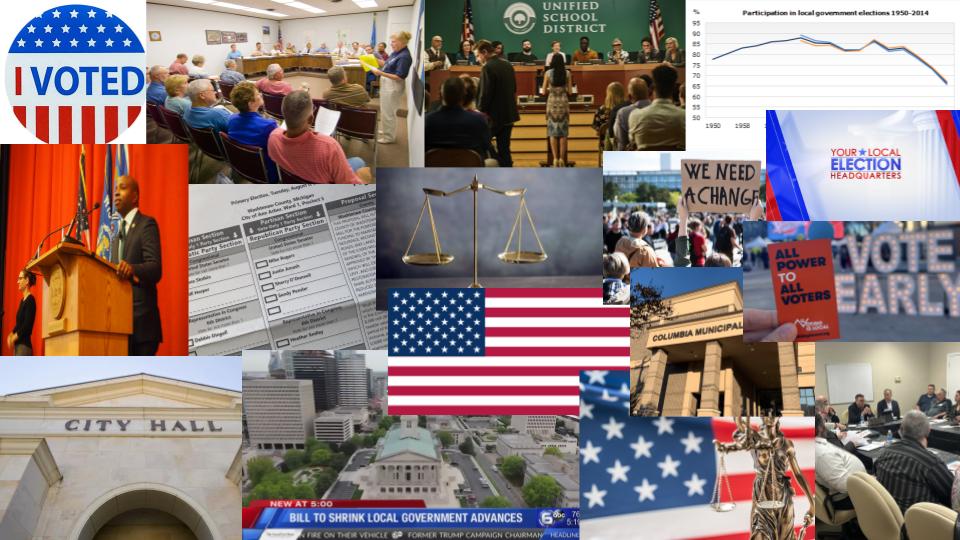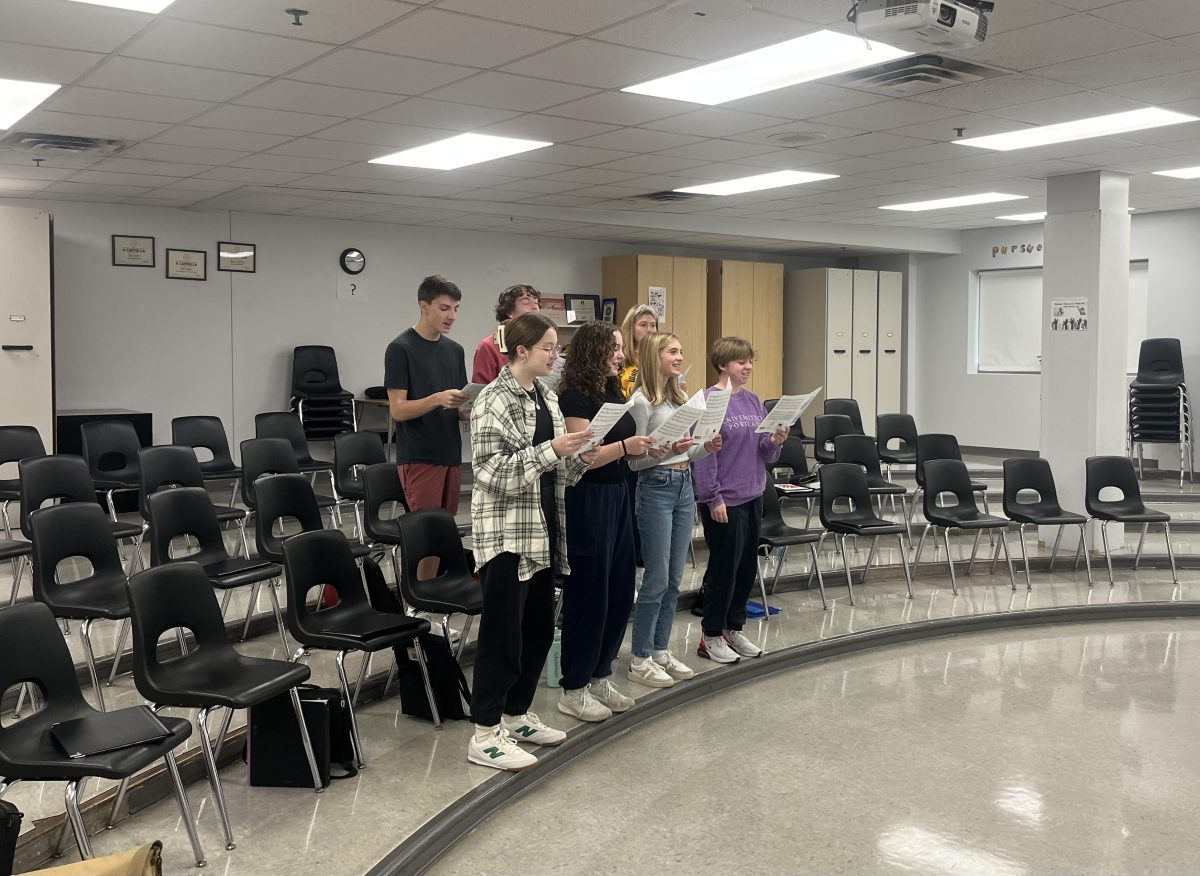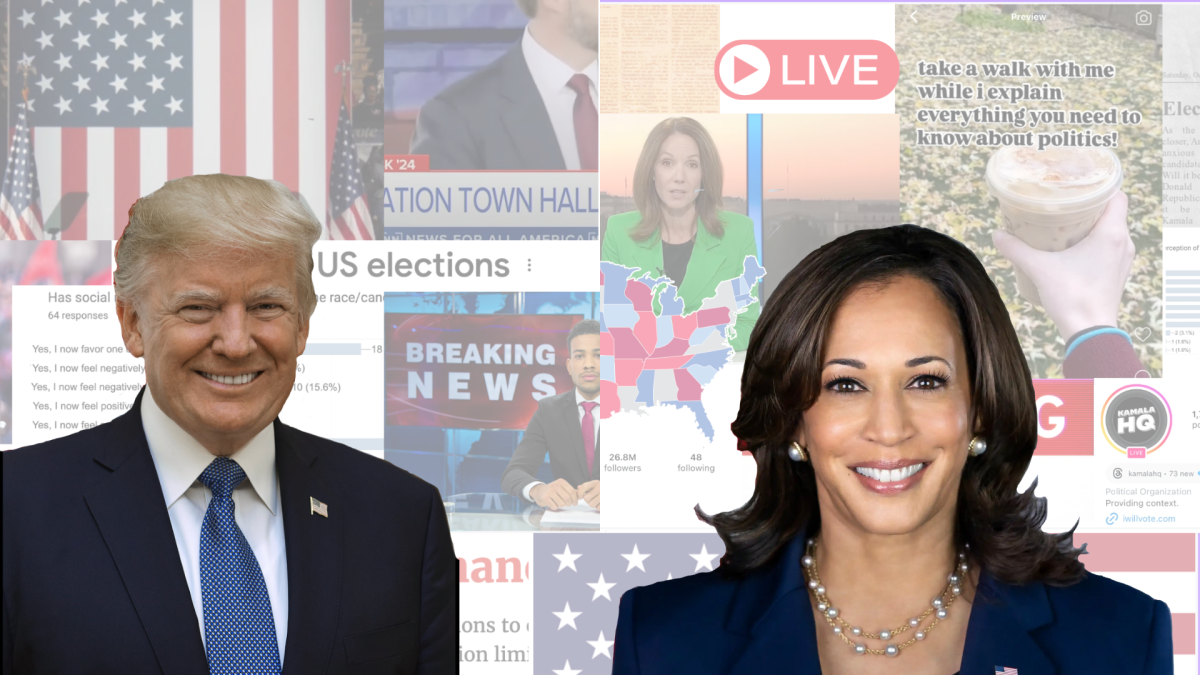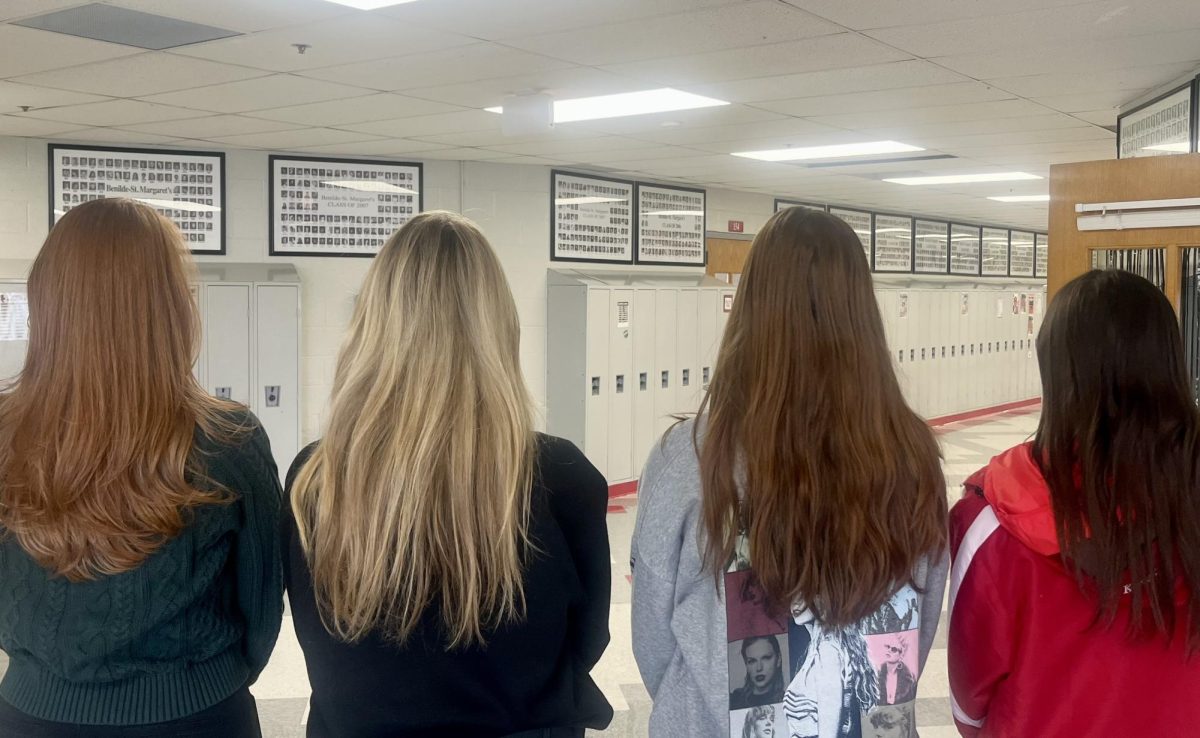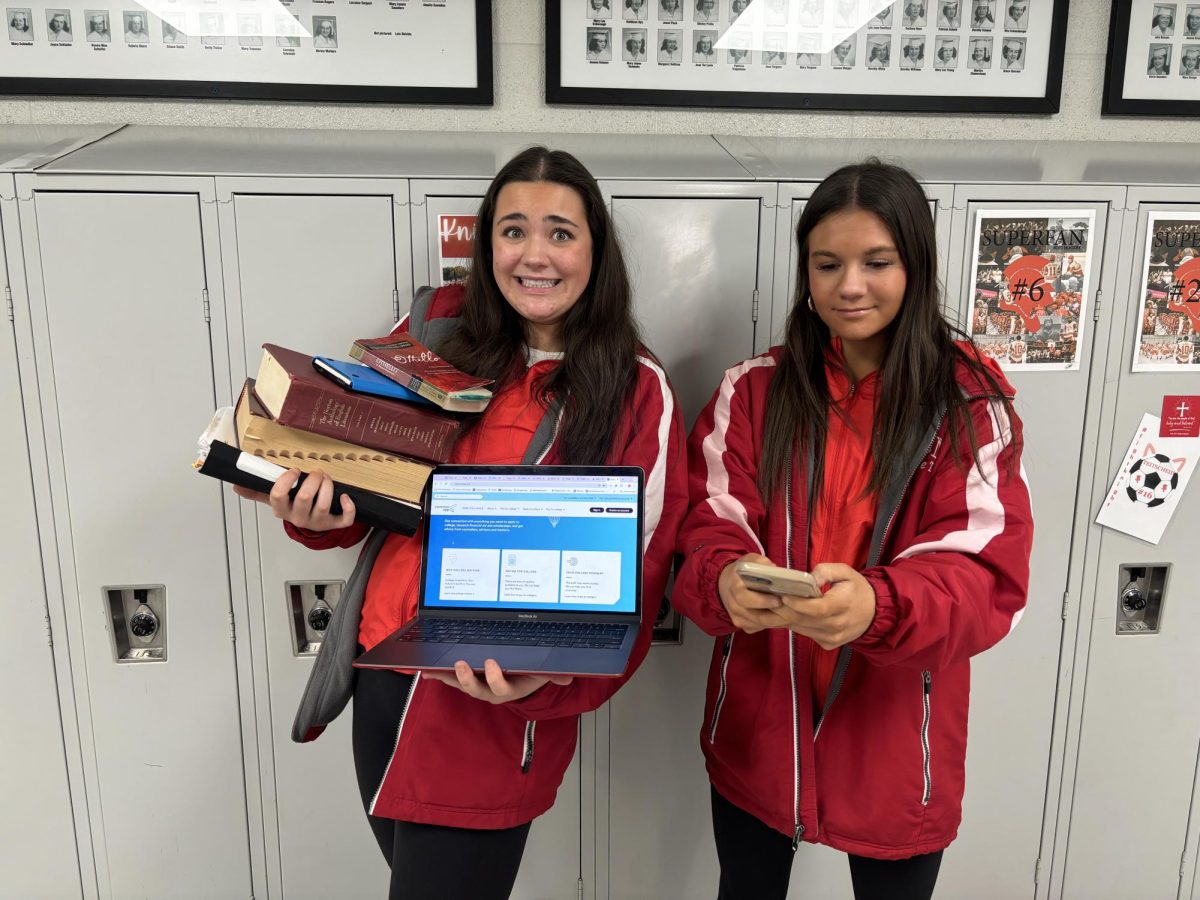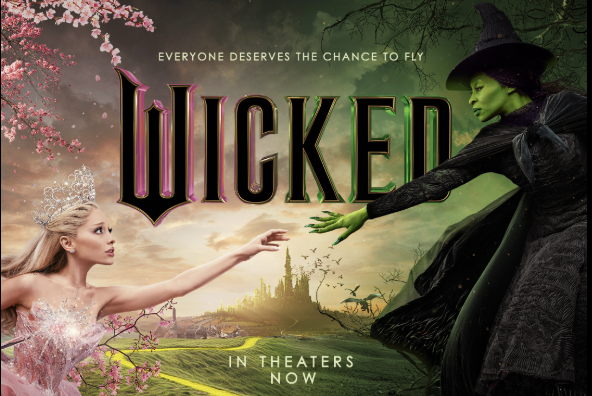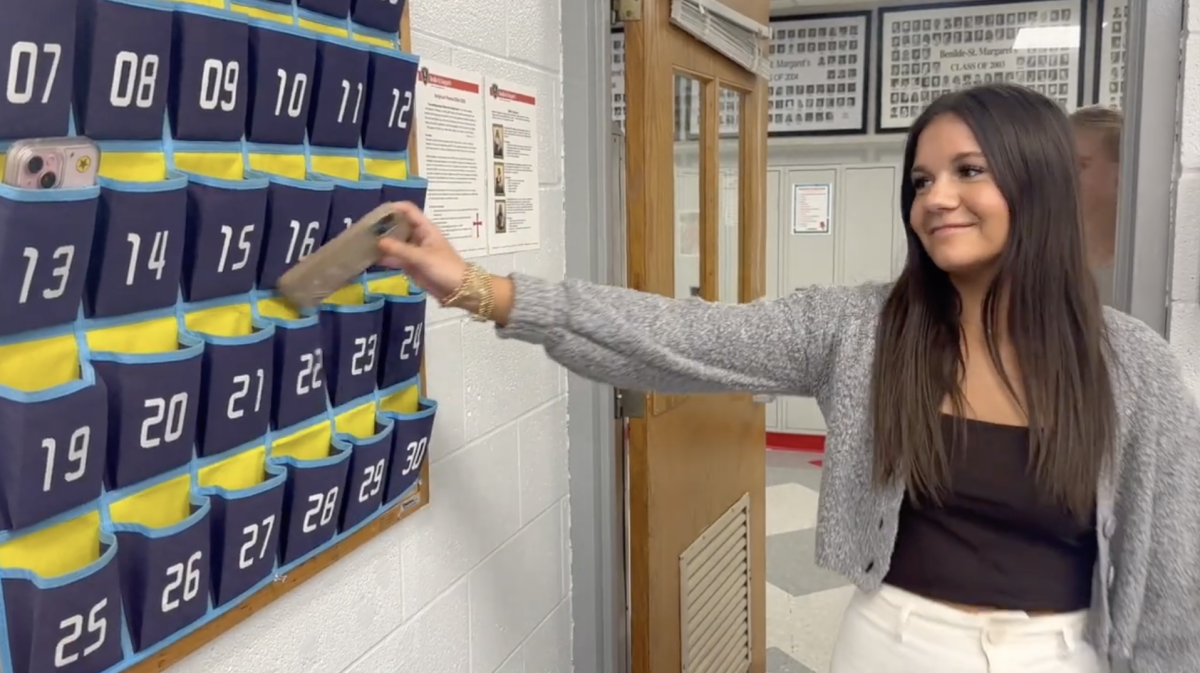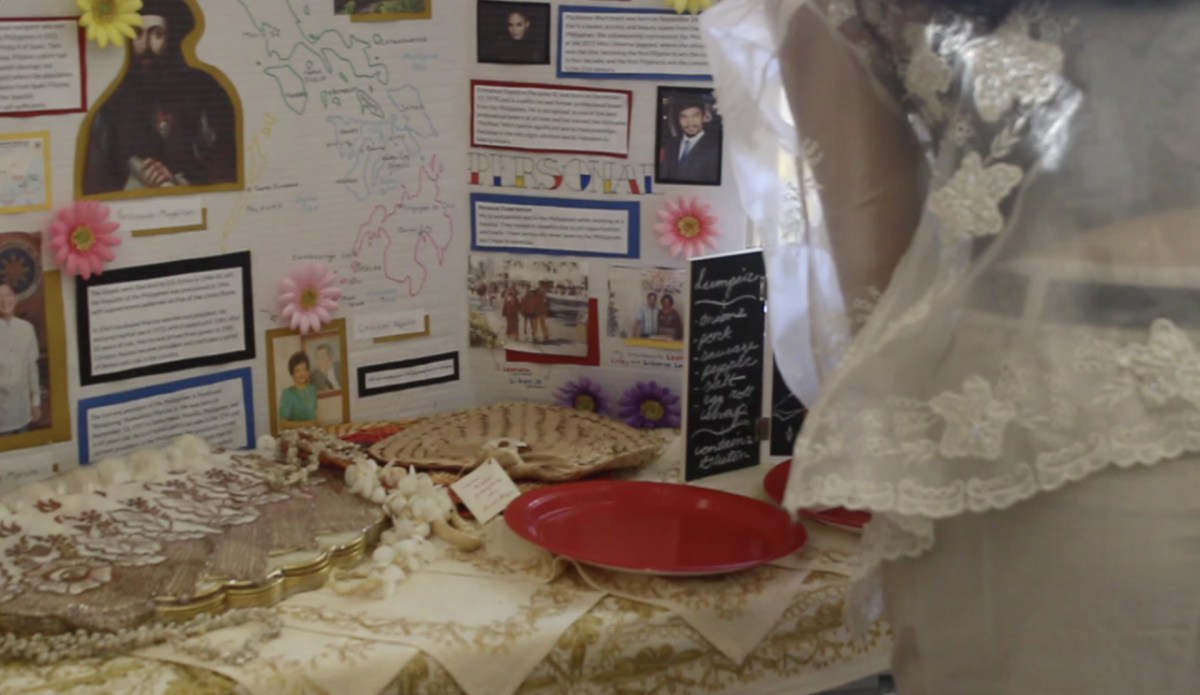Faculty and staff join seventh graders in reading graphic novel
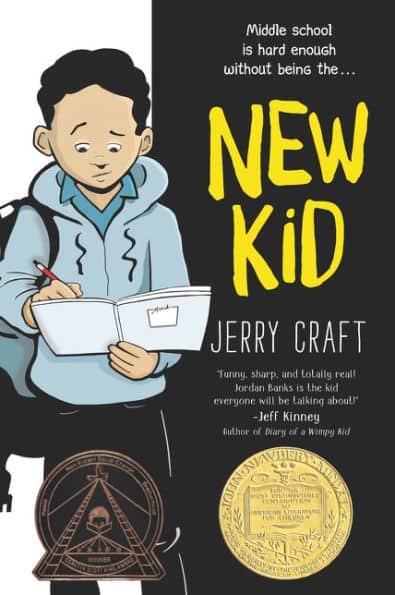
Middle school contains difficult lessons for everyone. For students of color in predominantly white schools like BSM, the normal trials of middle school are compounded by the struggle to fit in. New Kid by Jerry Craft is a graphic novel that shows a seventh grade boy of color attending a low-diversity school where he must combat intolerance while forming his own identity.
Because of its relevant themes, BSM faculty and staff members Rikki Mortl, Laura Sylvester, Greg Hoemke, and Erin Siats instituted it as a mandatory reading for all BSM seventh graders. They have also encouraged teachers from BSM junior and senior high to read it, and they approximate that over 50 have read the novel.
New Kid is packed with realistic situations on which students can reflect. They may have experienced or seen something similar in their own lives, and can think about how they would react. “On every page they could take something [from the text]. And I want them to take something. That’s how much I believe in the power of this book”, Siats said.
The most effective thing about New Kid is that students are able to pull meaningful insight from it, regardless of their race. “I want it to be seen as a mirror for our students of color, to see themselves in these situations, and I also want to use it as a window for our white students to see themselves in how the book plays out but also to see how their classmates, who are students of color, experience day-to-day interactions,” Siats said.
Not only are students of color able to take comfort in the fact that the protagonist is going through similar situations to them, but it also promotes understanding in that white students are able to open their eyes to some of the challenges that their counterparts go through on a daily basis.
New Kid’s format as a graphic novel is able to engage students who may not read and get into the story if it were a traditional novel. “I think it’s a cool book from that perspective, especially because it’s a comic, so it’s a little more approachable in that aspect,” math teacher John Groess said.
The teachers involved are excited by the fact that graphic novels provide a way to get students involved who may not participate in normal reading. “We’re working on our graphic novel collection in the library, and I always welcome student input on that because it’s not something that I grew up with and I always like student input on that. It’s a growing collection. And there are definitely students where this is an excellent avenue for reading, learning, and enjoyment,” Sylvester said.
One thing each of the people interviewed made sure to emphasize was that each and every person can get something valuable out of reading New Kid. “The teachers in this book are examples and non-examples for us to follow. One continually gets a student’s name wrong. It’s very frustrating as a teacher to see that, but I have done it, so the journey now is acknowledging it and then owning my action, and fixing it. Just as I said for students, it’s a window and mirror for teachers, too, wholeheartedly,” Siats said.
However, this benefit does not only apply to teachers, but to older students as well. “I think even our older students should read it; I’ve said that students should read it as seventh and eighth graders, and see how their perspective has changed in that way, because it directly parallels our school,” Groess said.




